Our bathrooms are the rooms in our households that are more easily affected by moisture, and in turn, the problems that follow it.
Since this is where we regularly bathe and clean ourselves, this leaves a layer of moisture behind that can lead to mold, mildew, and bacterial growth.
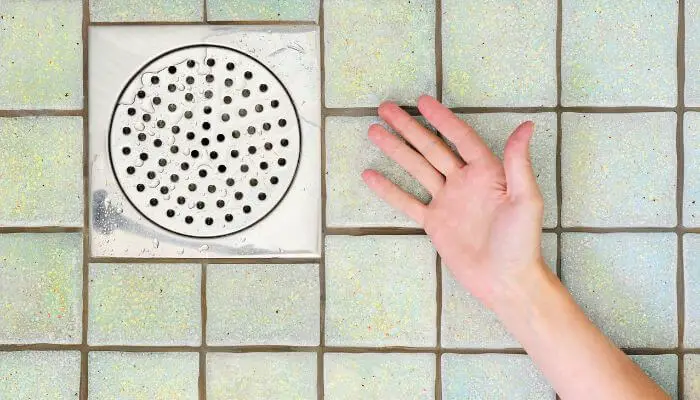
This is the main reason why we need to make sure that our bathrooms are as dry as possible when we enter and leave the room.
Luckily, in this article, we’ll look through all the foolproof ways how to keep your bathroom dry. Read on and discover the method that best works for you.
Let’s get started!
1. Make Sure Your Bathroom Has an Exhaust Fan
Even in public bathrooms, you see those fans installed like a window in the walls. These are called exhaust fans. You can also see them in kitchens and other rooms that need a good flow of air.
Exhaust fans suck up all of the unwanted smells and humidity and expel it outside the house.
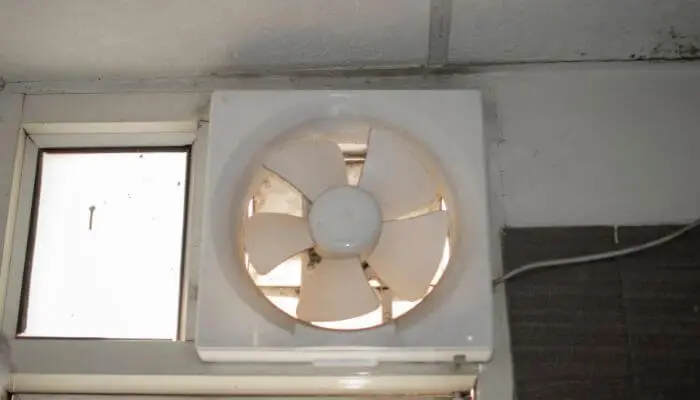
If you don’t already have an exhaust fan in the bathroom, ask a professional—electrician, handyperson, roofer, plumber, or contractor—about it first. They’ll advise you on whether or not you can have one in your bathroom, what kind to get, and where to install it.
2. Open the Window
Instead of an exhaust fan, a more common commodity is a window. Let’s not underestimate the value and use of an open window in your bathroom!
After you shower, keep the window open for at least 15–20 minutes to let out the excess mist and cool off the room.
3. Turn the Temperature Down When Showering
Everybody loves a good, hot shower, especially after a long day at work or school. However, the downside of this warm, soothing water is that it lets out so much steam, especially when you shower for a longer time than usual.
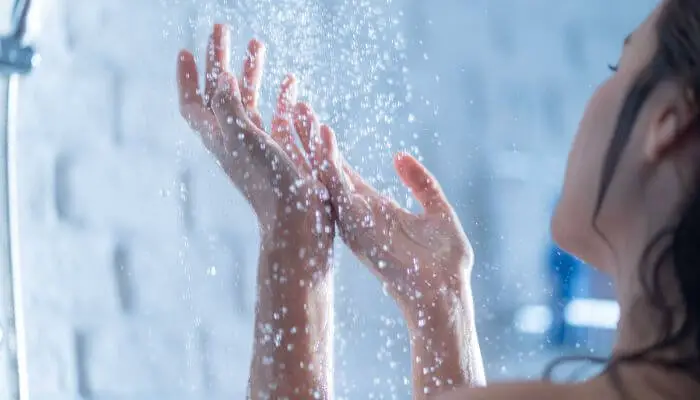
To minimize the fog from the hot water, lower the temperature for your next body-cleaning session.
It can be a shock to your system early in the morning, but it helps to reduce a great deal of water vapor. Moreover, studies show that cold showers have a lot of benefits for our bodies.
4. Dry Wet Towels Outside The Bathroom
Where should you put your wet towels after showering? Apparently, not back in the bathroom; at least not yet.
Placing back your damp towels in the bathroom isn’t the best course of action for multiple reasons. For one, they won’t properly dry. Secondly, they would make the bathroom more humid.
The best way to dry your towels is to hang them in a sunny area to dry, like in your laundry room or near a window. If you have a dryer, you can spin them around for a few rounds first before hanging them up to dry.
5. Use A Dehumidifier
Not all bathrooms have access to proper ventilation, so investing in an efficient dehumidifier for the bathroom is the way to go.
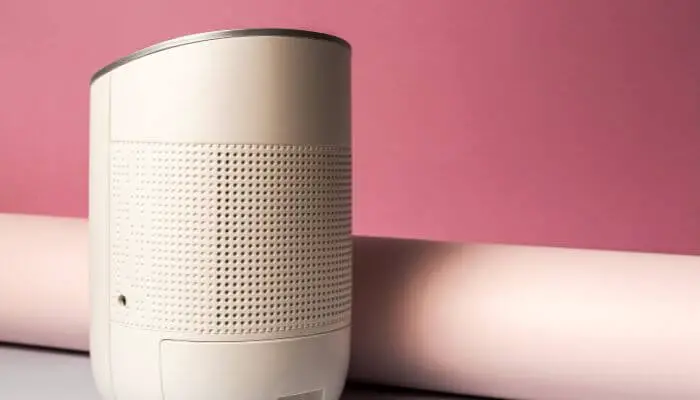
The purpose of a decent dehumidifier, like an exhaust fan, is to soak up all the moisture from the room you put it in. It doesn’t eject it out of the room but keeps the mist in itself.
Some models even have special removable tanks that you can use to dump out the water when they’re full.
6. Wipe Excess Moisture Off Walls After Showering
Steam can still leak through and stay on the walls surrounding the showers and the entirety of the bathroom. Leaving it there isn’t the wisest thing to do because moisture gathering in specific spots will lead to things like mildew and mold growth.
So, get a dry cloth to wipe down the walls and mirrors before leaving the bathroom.
As an added measure, use a solution of bleach and water while wiping off the water. This helps the walls dry faster and disinfects them at the same time.
7. Mop Up Moisture On The Floor
The condensation on the walls can be so thick that it might slide down and pool all over the floor. You don’t want puddles in your bathroom as they can be breeding grounds for all sorts of moisture-related problems!
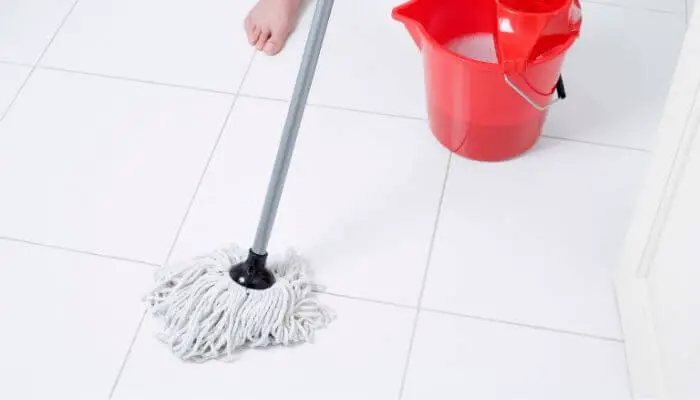
To keep this from happening, mop the floors after wiping down the walls. A regular mop, a spin mop, or other microfiber mops are first-rate for this because they soak up as much of the water as they can get.
8. Use Powder To Absorb Moisture
After having good ventilation, proper cleaning, and wiping the walls and the floors, you still have another option to make your bathroom floors extra dry. This option involves the use of powder to absorb excess moisture.
There are several powdered cleaners that you can use, and your choice should be based on the type of flooring you have in your bathroom. Some of the best products that you can use are:
- Talcum powder
- Cornstarch
- Baking soda
- Tapioca starch
- Oat flour
- Kaolin clay
In Conclusion
Having a dry bathroom has a lot of benefits. It lessens the possibility of mold, mildew, and bacterial growth. Plus, it maintains the cleanliness of the bathroom for longer, and with fewer prolonged stains.
It also clears away any musty smell that might stay if the bathroom’s still wet.
Proper ventilation is a must to achieve this goal. If not available, a dehumidifier works well, too, along with colder showers.
Also, don’t forget to wipe down your walls, mop the floors, let your towels dry outside, or use powder to absorb excess moisture inside your bathroom. These are just some of the ways how to keep your bathroom dry!

